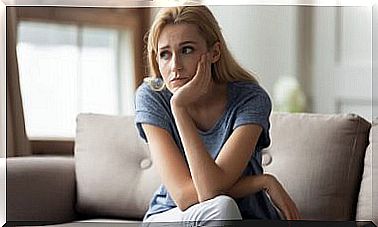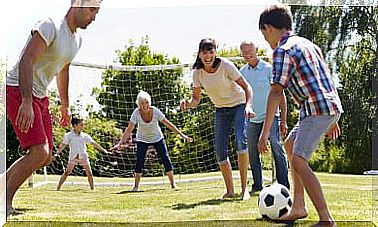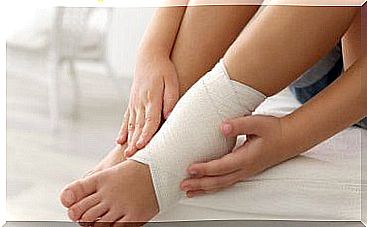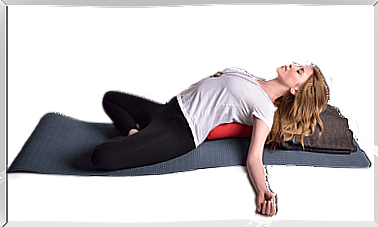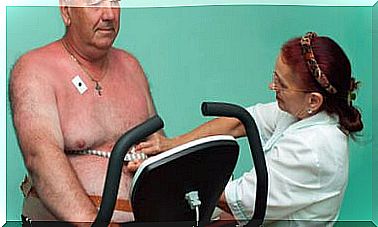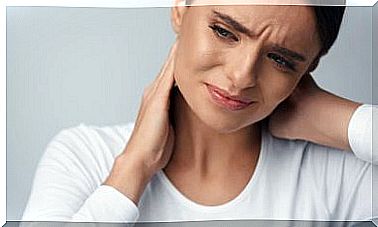Androgenic Alopecia: Symptoms, Causes And Treatment
Androgenic alopecia affects both men and women. Currently, there is no cure for this problem, but there are some treatments that help control it.
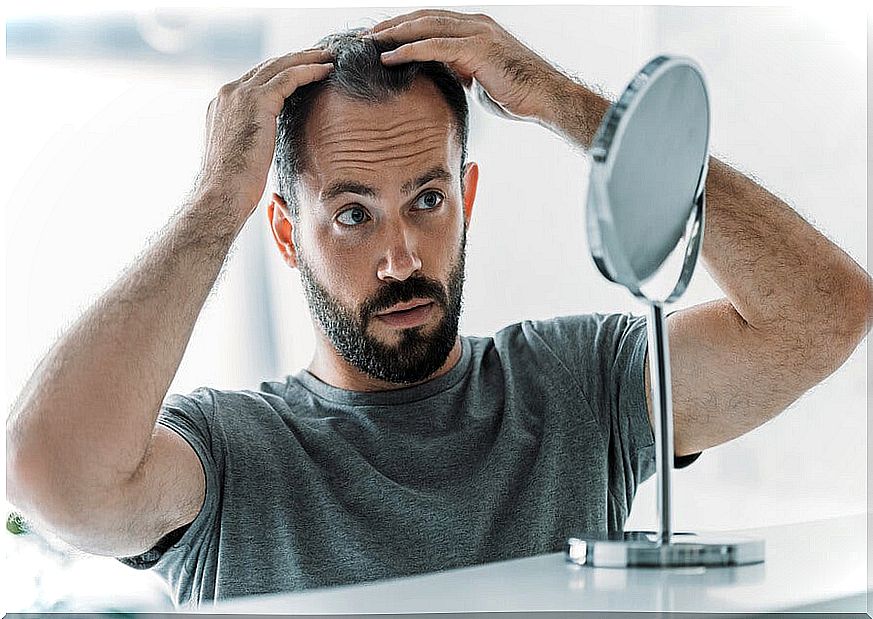
Alopecia is abnormal hair loss, which can be triggered by various factors such as thinning of the hair. Androgenic alopecia, on the other hand, takes place when these changes are genetically determined and with the influence of some hormones.
Although it is called androgenic alopecia , this type of baldness affects both men and women. It is not due to a disease or some other disorder, but is determined mainly by hereditary factors.
It is normal that, every day, hair is lost, since it is always in constant renewal. The usual thing is that between 50 and 100 hairs fall out daily. When the loss exceeds that number, we speak of a process of alopecia. Over time, it can lead to complete baldness.
What is androgenetic alopecia?
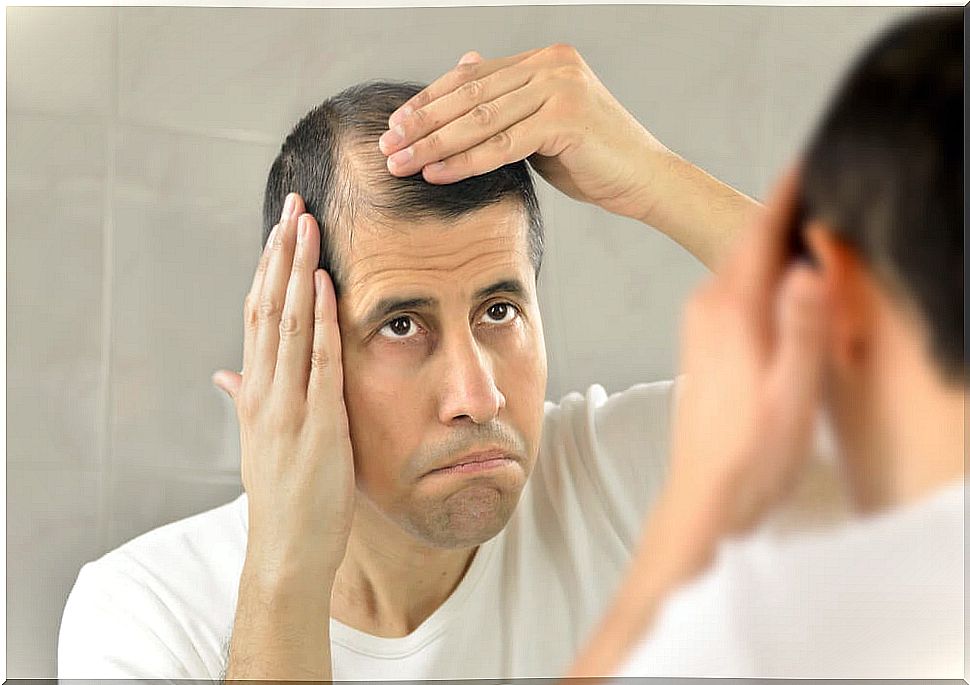
Androgenic alopecia is the most common form of baldness among the male population. But, as we pointed out before, it can also affect women. On the other hand, some primates, such as chimpanzees and orangutans, can also suffer from this type of baldness.
Androgenic alopecia is also known by the name of androgenetic alopecia or AGA. It is believed that it affects around 60% of men, throughout their lives, and probably 25% of women.
What distinguishes it from other forms of alopecia is its cause. Hair loss is genetically determined and this process is influenced by male hormones or androgens. Approximately 80% of men have some degree of this baldness, after the age of 70.
Causes of androgenic alopecia
Androgenic alopecia in men is due to genetic and hormonal causes. However, there are also cases in which it occurs without a family history of this problem. In men, the crown and upper frontal area are more sensitive to the action of male hormones (androgens) in the hair follicles.
Androgens cause hair follicles to get smaller and smaller. If left untreated, they eventually disappear. The most common is that the first symptoms of baldness appear early, between 20 and 25 years, in men.
In the case of female androgenic alopecia, there is also the genetic factor and other concomitant factors. In some cases, the process is similar to that of men. If the androgen surge occurs before menopause , it is defined as early. If it occurs after menopause, it is called late.
In other cases, this type of alopecia in women may be associated with other factors such as iron and vitamin deficiencies, hormonal disorders, anorexia nervosa, ovarian or adrenal tumors and other diseases.
Symptoms
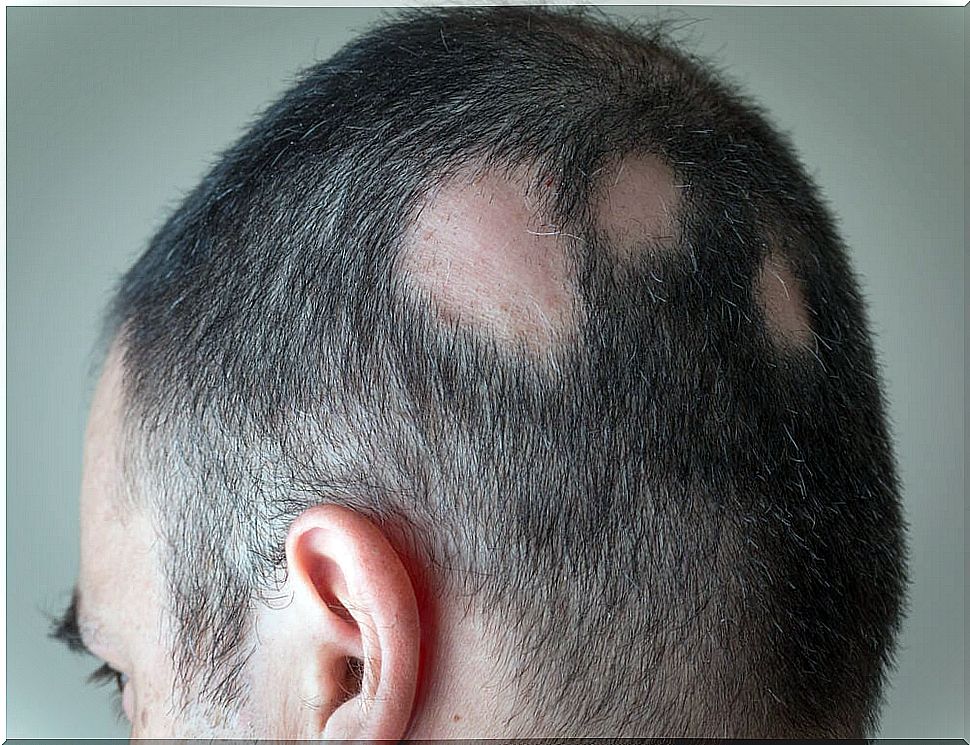
The typical symptom in male androgenic alopecia is the appearance of small areas without hair, especially on the forehead and crown. At first, this is only noticeable when the hair is wet or the head is under strong light. There are seven degrees of this type of alopecia, but not all men reach the maximum level.
In women, the hairless area is more noticeable in the parietal region, more precisely in the part that divides the hair in two in the middle. This line is gradually widening. Depending on the scale taken, this alopecia has three or five degrees of advancement. If left untreated, it can lead to complete baldness.
Treatments against androgenic alopecia
Currently, there are many treatments available for androgenic alopecia. However, none of them cure the problem forever and all offer long-term results only. In many cases, it is necessary to maintain the treatment for life. The initial objective is to slow down the process and then increase the density of the hair or thicken the hair.
Depending on each case, different types of treatment are used. This can be pharmacological, with dutasteride or finasteride. A topical treatment with minoxidil or dutasteride microinjections is also used. Also, sometimes a treatment is done with platelet-rich plasma, low-power laser, microneedling, or prostaglandin analogues.
Sometimes the most advisable thing is to do a hair transplant, which consists of a minimally invasive surgery and with very good results. In the case of women, the same treatments are used, but the pharmacologically indicated is the use of antiandrogens.



